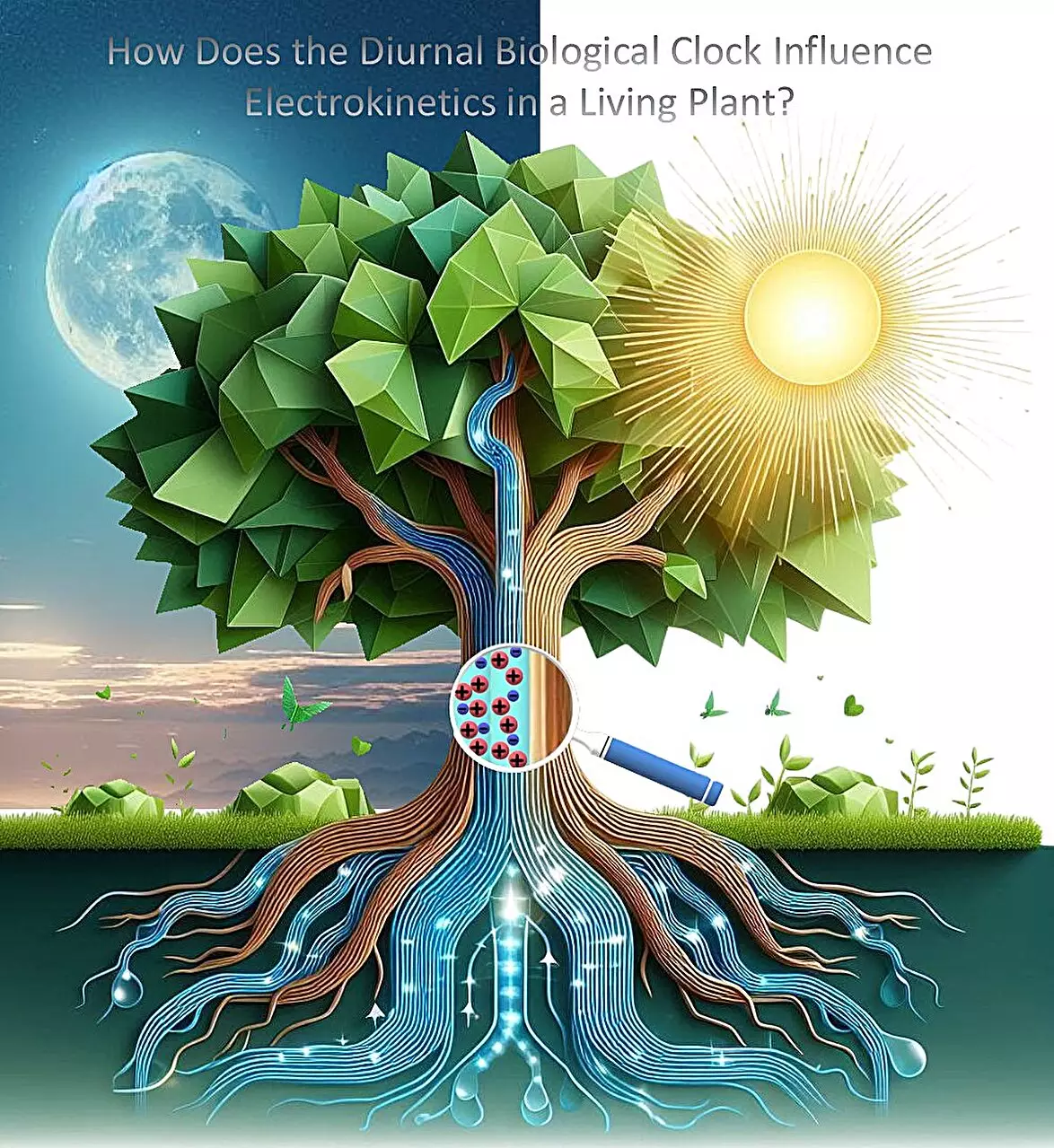Plants have the remarkable ability to produce an electric potential as they draw water from their roots to nourish their stems and leaves. This electric potential, if harnessed properly, could serve as a sustainable and continuous source of renewable energy. However, it is essential to consider the impact of the circadian rhythm – the biological clock that governs the day and night cycles in plants – on this potential.
A recent study conducted by researchers from the Indian Institute of Technology Kharagpur delved into the intricate relationship between biological processes in plants and the electric potential they generate. By inserting electrodes into the stems of water hyacinths and analyzing the electrical response of lucky bamboo, the researchers were able to uncover the impact of ion types, concentrations, and pH levels on the plant’s voltage.
The study yielded surprising results, showcasing how plants actively regulate the flow of fluid or sap in accordance with their daily rhythms. Furthermore, the researchers found that the electric streaming potential in plants increases when ion concentrations decrease or pH levels rise in the fluid. This discovery not only sheds light on the electrical rhythms of plants but also highlights the potential for harnessing electrical power from plants in an environmentally friendly manner.
As author Suman Chakraborty aptly stated, the findings of this study open up new possibilities for tapping into the electrical power output of plants without causing any environmental harm or disrupting the ecosystem. By understanding how plants generate and regulate their electric potential, we can explore innovative ways to utilize this renewable energy source for long-term sustainability.
The research conducted by the Indian Institute of Technology Kharagpur provides valuable insights into the renewable energy potential of plants and the intricate connection between biological processes and electricity generation. By harnessing the electric potential of plants in harmony with their circadian rhythms, we may pave the way for a greener and more sustainable future.


Leave a Reply